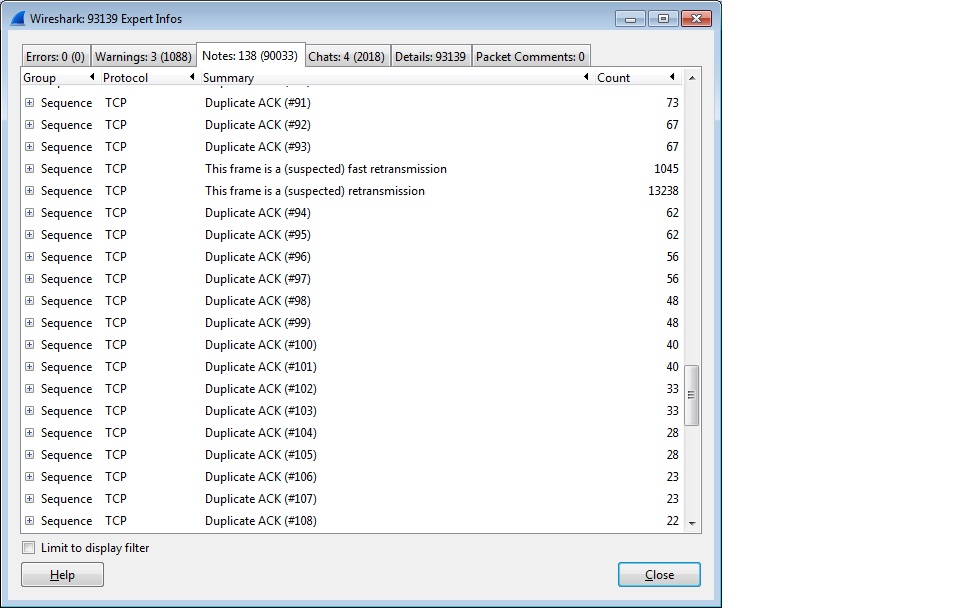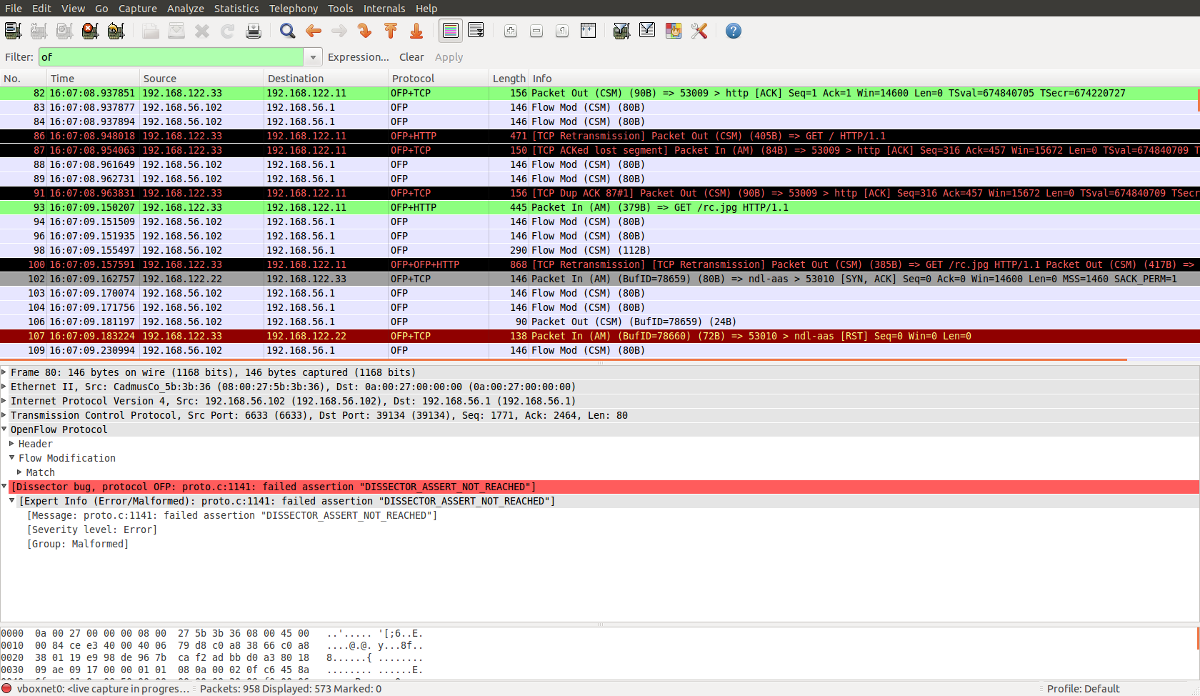

host represents the IP you are trying to capture.port represents the traffic you are capturing (5060 is SIP).

-i represents your internet interface (for the example we are using wlan0).tshark -i wlan0 port 5060 and host 1.2.3.4 Run a tshark command to see if your server is rejecting traffic Ping your customer’s IP to make sure connectivity is up.If this is the only one customer experiencing this issue, then you can either check the following: If other customers are having the same issue, then you have an issue with your switch. A simple web search will provide you with the right links, furthermore, below are some links that worked for us.Ĭustomer can’t connect any call at all. These can be installed based on the OS your switch is operating on. There are a number of “open source” tools that are available to capture SIP messages (tcpdump, and tshark) and analyze them (Wireshark). Now that we have the most common scenarios described in Figure 1.1, we need to find these messages on our switch. There are a few SIP codes we need to know in order to understand how/what to troubleshoot. The SIP Protocol is in charge of negotiating the signaling between point A and point B. This article focuses on troubleshooting SIP trunks by interrogating the Session Initiation Protocol ( SIP ) signaling, as signaling is the most important step for establishing a connection between your switch and the person you are trying to reach. It allows you to scale and deploy your telecommunications infrastructure as needed, thus allowing you to save major long-term costs.įrom a technical point of view, this alternative can be daunting and challenging since it involves the management of your network, the connectivity with many devices outside of your network (in other words, out of your control), the knowledge of many protocols and the appropriate tools to troubleshoot.

VoIP communications, from a business point of view, is an interesting alternative to standard telephony.


 0 kommentar(er)
0 kommentar(er)
